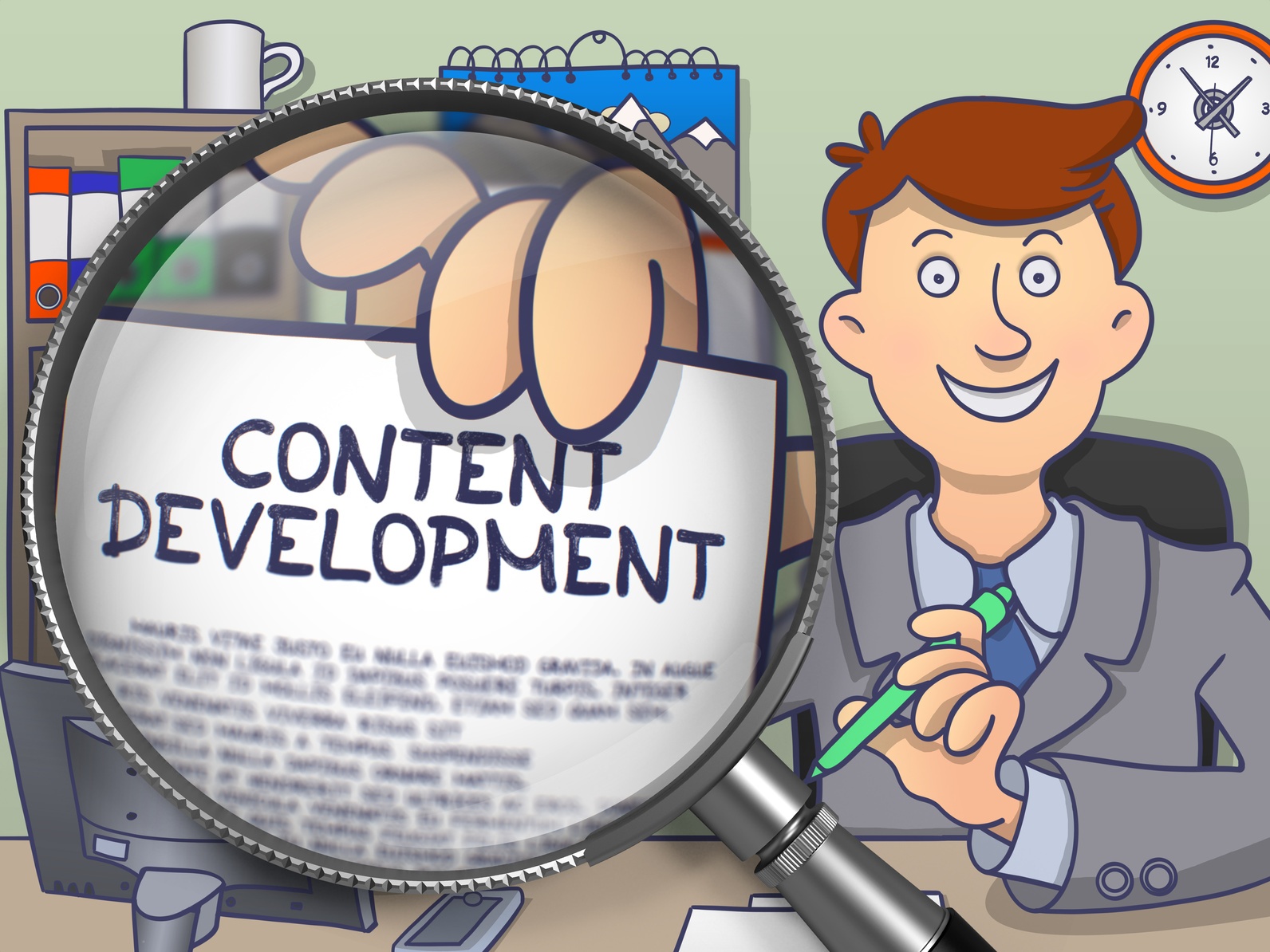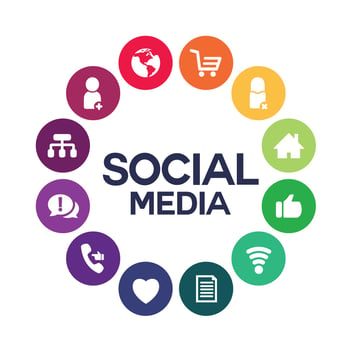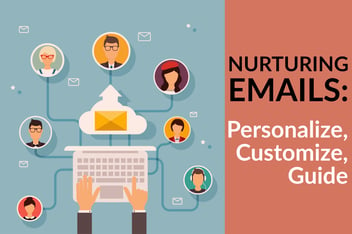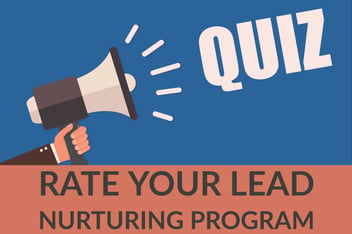Are You Creating Content or Campaigns?
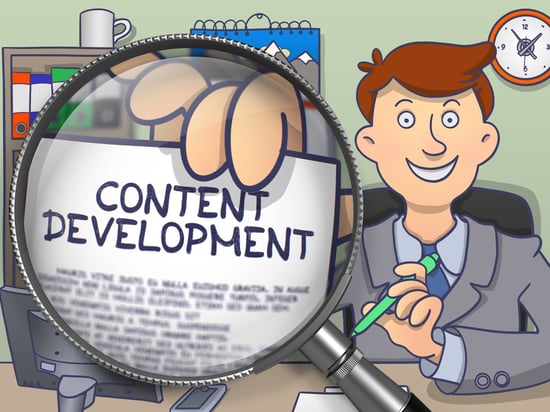
Content is king, and new content is being created at the rate of:
-
As many as 140,000 new websites each day;
-
300 hours of YouTube videos every minute; and
-
Nearly 350,000 tweets per minute.
The problem, however, comes when marketers forget to take the time to consider the true purpose of the content and how it works with the rest of the marketing strategy.
In the race to create content, one of the most common mistakes made by inbound marketers is failing to plan out their campaigns.
The excitement of a brainstorming session may lead to a fantastic list of content ideas and energize your staff to start creating, but unless your marketing department takes the time to organize those content ideas into cohesive campaigns, they will lose the potential to achieve their true objectives: driving revenue and sales.
Need a step-by-step guide to planning your inbound marketing campaign? Here is a 10-step checklist to get you started.
Great content can attract lots of visitors to your website, but visitors don’t generate revenue. Customers generate revenue. Turning visitors into customers requires carefully planned campaigns that:
-
Personalize offers based on past interactions.
-
Pay close attention to calls-to-action and landing pages.
-
Follow-through on website interactions with lead nurturing emails.
Recognizing, and planning for, the buying cycle (sales funnel)
Whether you call it the buying cycle, the buyers’ journey or the sales funnel, inbound and content marketers need to plan and create content that appeals to customers at various stages in their decision-making process.
That means planning introductory or awareness level content, such as how-to blog posts or even humorous takes on a business topic that catch a viewer’s attention, even if they aren’t currently in the market for your specific solution.
Not all content should be top-of-the-funnel topics, however. Take it a step deeper next with content that provides more specific information or is useable, such as calculators and templates.
Then think about those customers who are nearing a purchase decision. They may want case studies, product comparisons, or even pricing sheets. All of these are a part of the content funnel.
Use dynamic content to personalize offers
Don’t rely on a one-size fits all experience when someone visits your webpage. Using a tool such as HubSpot’s Smart CTAs allows you to design different message based on an individual’s buying stage or their inclusion in a contact list.
Consider personalizing CTAs and tailoring your message based on industry, marketing persona, interest level, geography or other characteristics. Dynamic content will be more relevant to your visitors, especially return visitors, than simply showing them the same introductory offers over and over.
Optimize CTAs and landing pages for conversion
Don’t leave conversion of leads to chance. Focus on the fine details that improve conversion rates of your calls-to-action and landing pages.
Have you ever clicked on a link that seemed to be promising one thing, only to find out that the page it took you to wasn’t at all what you expected? Don’t do that to your prospects.
Match CTAs to landing pages. Use action-oriented and benefit-driven language. Minimize extra links and unnecessary fields in landing page forms. All of these tips will help make your CTAs and landing pages the most effective lead conversion tools possible.
Implement lead nurturing with personalized automated emails.
In a competitive online environment, where 25-50 percent of sales go to the vendor that responds first, automated lead nurturing is essential. As soon as a visitor converts to a lead by accessing an offer on your website, they should be entered into a workflow to receive automated, relevant follow-up offers.
These personalized emails, featuring a series of related offers that build upon the individual’s previous action with your website, typically receive 4-10 times the response rate of standalone email blasts. One reason is because you are offering the lead more information on topics you know they are interested in.
It is this series of automated lead nurturing emails that is at the heart of your inbound marketing campaign.
Here is an example:
1. A visitor converts to a lead by downloading a top-of-the-funnel offer: Introduction to Business Blogging.
2. An automated “Thank you” email offers a resource from further down the sales funnel: A blog editorial calendar template.
3. If the lead downloads the calendar template, they are then offered a Business Blog Solution Sheet outlining how JONES can assist clients in developing and maintaining their own business blogs.
4. If the lead downloads the solution sheet, they receive a final email offering a blogging consultation.
Each offer is more specific, but all are relevant to the original interaction the lead had with our JONES website. It is this sequence that turns content into a campaign, rather than a disjointed jumble of offers.
Keep this overall perspective in mind as you create and implement your inbound campaigns. You can also use our 10-step checklist: How to Run An Inbound Marketing Campaign to keep each step of the process on track.
-1.png?width=1652&height=294&name=Jones(RGB)-1.png)

